Effective Strategies for Mitigating Food Aggression in Dogs
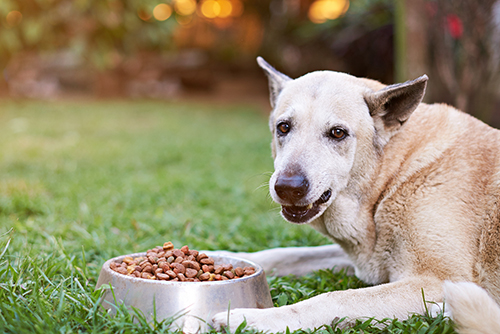 Recognizing food aggression in dogs is the first step towards resolving the problem, and there are effective strategies that can be used to stop food aggression and promote a healthier feeding environment for canines.
Recognizing food aggression in dogs is the first step towards resolving the problem, and there are effective strategies that can be used to stop food aggression and promote a healthier feeding environment for canines.
Understanding Food Aggression
It is important to remember that food aggression is usually a result of underlying factors, such as fear, anxiety, or possessiveness. By understanding these triggers, dog owners can implement appropriate strategies to mitigate food aggression in their furry friends.
Implementing a Structured Feeding Routine
Dogs thrive on routine and predictability, and having a consistent schedule can help reduce anxiety and insecurity around mealtime.
Start by establishing set meal times and feed your dog in a designated area away from distractions. Use a calm and assertive demeanor during feeding, as your dog can pick up on your energy. Encourage your dog to sit and wait patiently before you set down their food bowl to reinforce the idea that you are the one in control.
Additionally, consider incorporating puzzle toys or slow feeders into your dog’s mealtime routine. These devices can mentally stimulate your dog and slow down their eating, reducing the likelihood of aggressive behaviors associated with resource guarding.
Lastly, ensure that all family members are aware of and follow the structured feeding routine to maintain consistency. Consistency is key in reinforcing positive behaviors and creating a harmonious mealtime environment for your canine companion.
Utilizing Positive Reinforcement Training Techniques
Utilizing positive reinforcement training techniques is another effective strategy for mitigating food aggression in canines. Positive reinforcement involves rewarding desired behaviors to encourage their repetition.
During mealtime, gradually introduce commands such as “leave it” or “wait” to teach your dog impulse control around food. Start by placing the bowl of food on the ground and when your dog approaches, use the command and reward them with praise or a treat.
Consistently reinforce these commands during mealtime to create a positive association with following the commands. Over time, your dog will learn to wait patiently for their food and understand that good things come from obeying the commands.
It’s important to remember that positive reinforcement should be used consistently and in conjunction with other strategies. With time and consistency, you will see a reduction in food aggression and a more well-behaved canine companion.
Seeking Professional Assistance
If you have tried various strategies and have not seen any improvements, it may be time to seek help from a professional dog trainer or animal behaviorist.


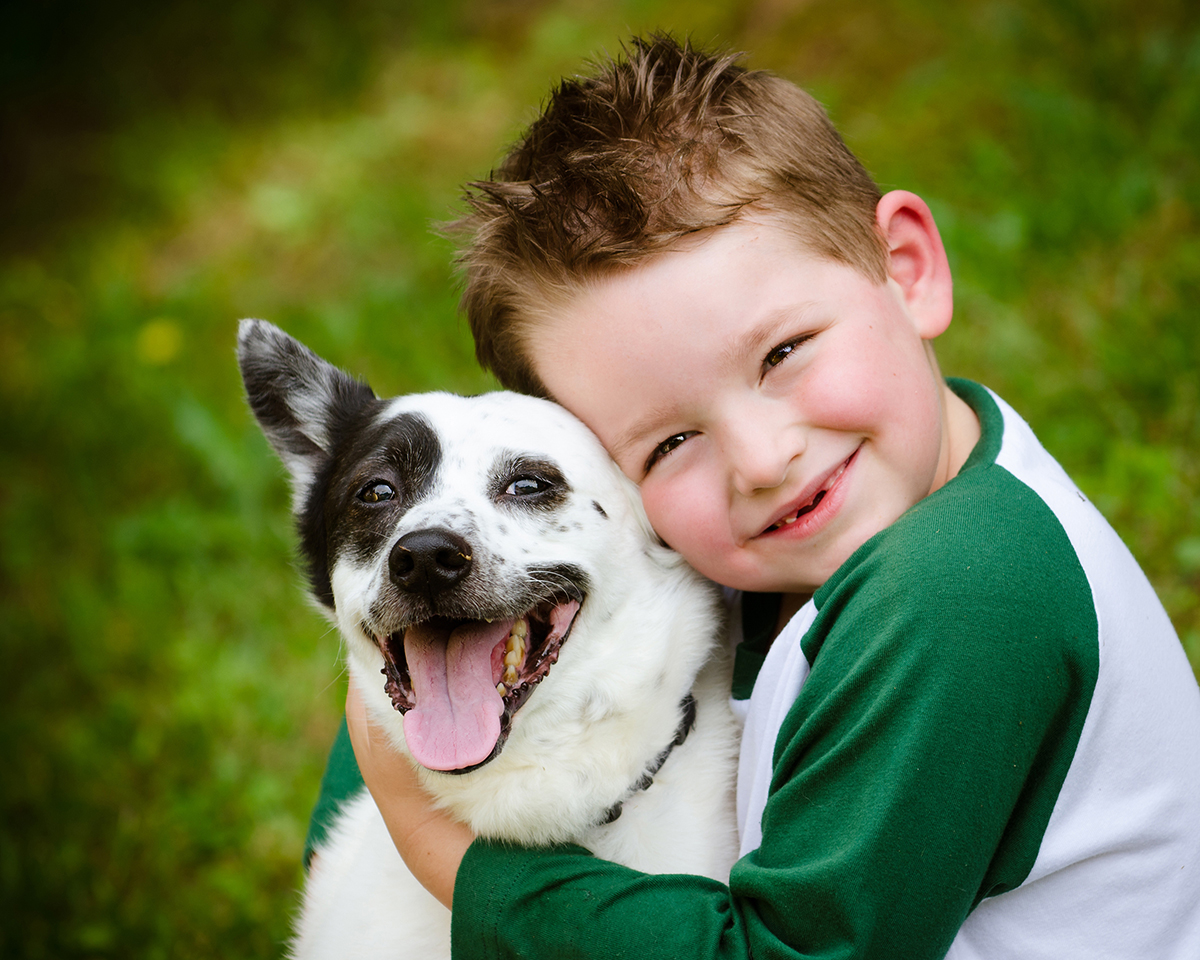

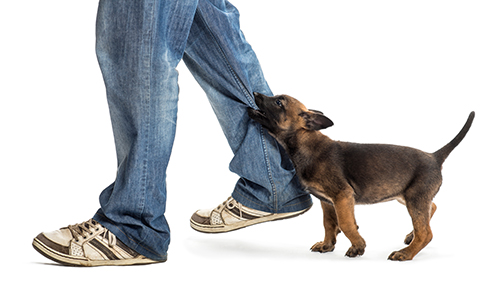
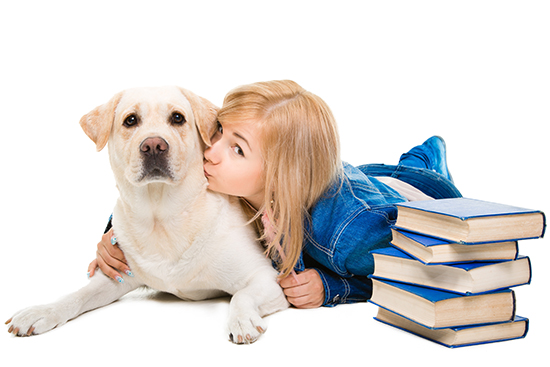
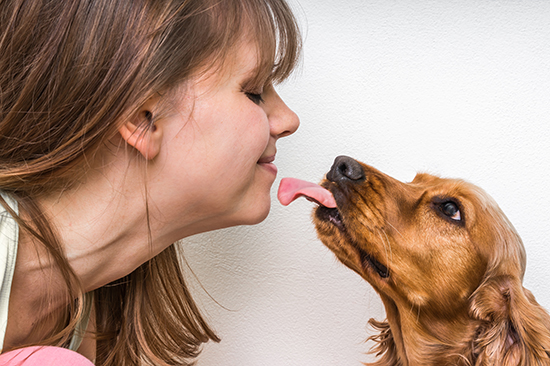
Leave A Comment